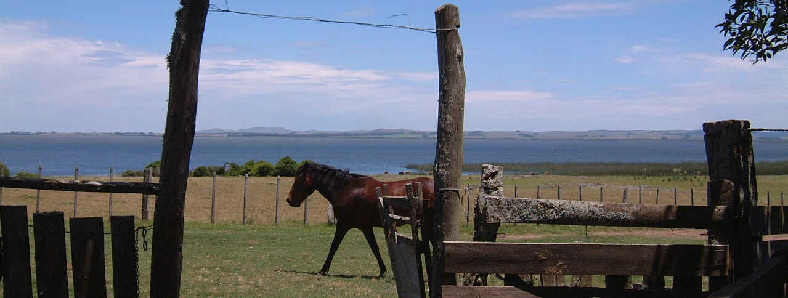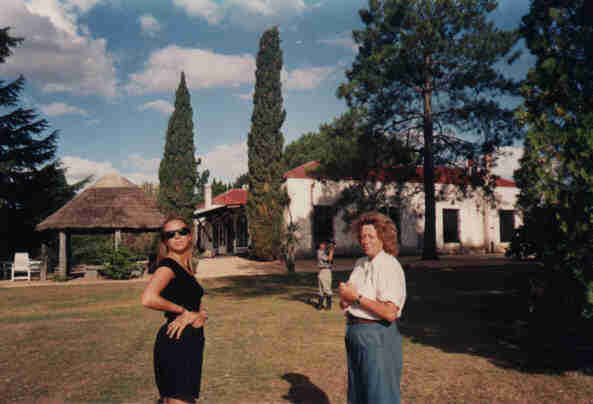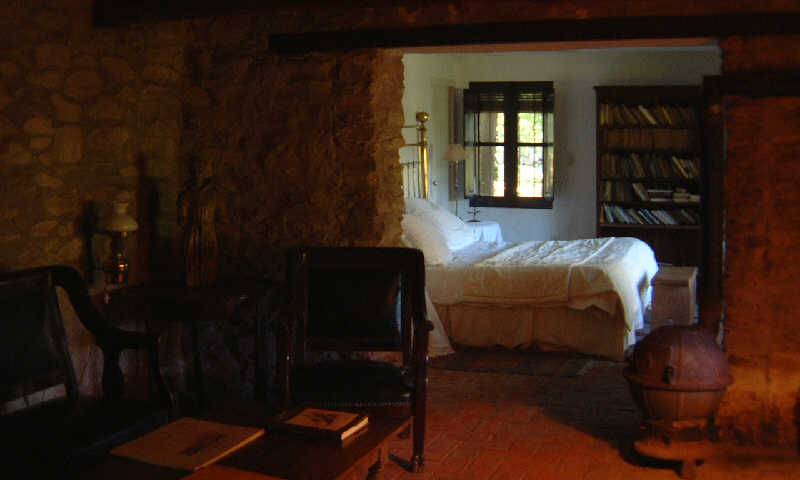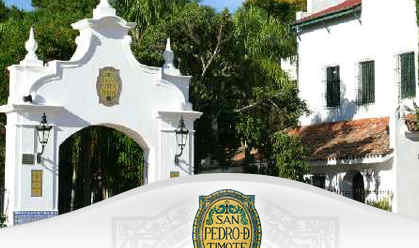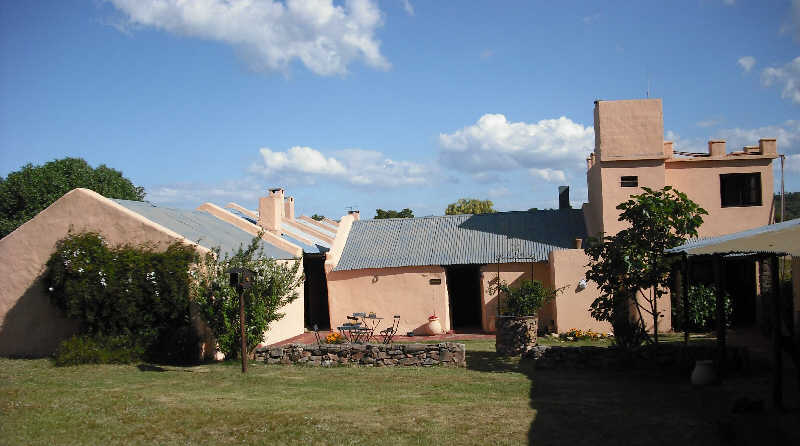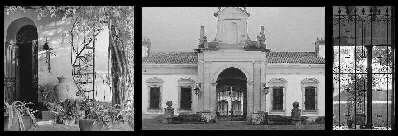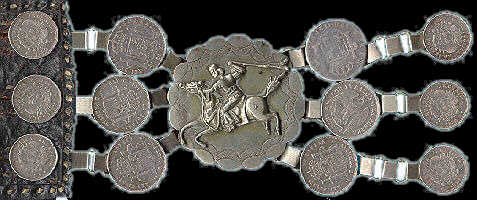
Estancias in Uruguay
guest farms, dude ranches , historic estancias
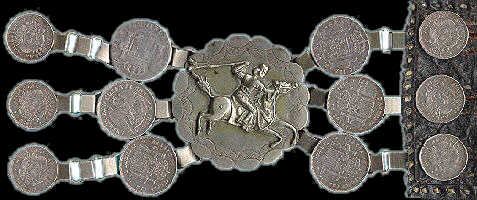
Dear visitor, historic estancias are my hobby, this site is for fun, I am not affiliated to any guest ranch or agency, please inquire with them directly. In case you are due to visit Uruguay, enjoy your stay ! Peer Voss pvoss@pvoss.de
video of my estancia, a restauration completed 10 years ago
video of our estancia's traditional cattle branding, the yerra
guest ranches
uruguay country information - taxes costs regulations
Uruguay Photos
Uruguay photos summer
Uruguay photos winter
abandoned estancias
Estancia versus Masseria Puglia Sicilia
Gentleman Farming - Estancia versus Cortijo Andalucia
farmland investment and inflation hedge
Uruguay...
having belonged to the world’s wealthiest countries until the 1950s, Uruguay passed through a period relative stagnation and isolation during the following decades, in that way conserving a certain slightly old fashioned european charm of that era, together with quite a lot of Turn of the Century and Art Deco architecture in Montevideo. The famous vintage cars of 1920s and 30s that made the entire country look like a movie set, have disappeared since a couple of years though.Uruguay is big sky Pampa country, 3,3 mio people share it with 11 mio cattle and 500.000 horses.
Uruguay is a polite and welcoming country.
Estancias
The grand estates, that formed from the beginning of the 19th century, ranches that produced hides and at a later stage beef for export, when the necessary cooling technology became available, and sheep wool, have in the La Plata region (Argentina, Uruguay, Paraguay) been called Estancias. With their Latifundio characteristics they are the equivalent to the Haciendas in other parts of the hispanic world. In the 20th century some diversified into grains and other cash crops, and even occasionally into rural tourism, though the cattle breeding estancia with its mounted ranch workers, the gauchos, is still most archetypical. Between roughly 1880 and 1950 fortunes were made on the great estates, and the odd stately mansion, the casco, remains to this day.
For the agricultural investor
Uruguay holds a temperate climate with its 1200-1300mm of rainfall (at least statistically) evenly distributed over the year, having reverse seasons to the North and being comparable to the climate of SouthEast Australia.Over 90% of the country is used for farming and lifestock, no less then one third of the soils have cropping potential, being to a varying degree and varying depth black to brownish prairie soils.
Land prices were very attractive up to about 2005 but have multipied 4-fold since then, as of 2020. It is still to this day a country chosen by foreign investors for agri investments, though.
If you look for a specific combination of gaucho- and mediterranian culture and decent farming potential, you might find here what you are looking for.
Tourist Estancias, guest ranches, horse riding tours in Uruguay
As I am revising this, July 2020, I guess there are about 80 rural establishments catering to tourists in Uruguay. About six or seven might be estancias, ranches in a stricter sence, being working cattle ranches that generate a significant part of their income with livestock and/or agriculture.Estancia tourism as a business started around 1990 when agriculture and livestock passed thru a difficult time in Uruguay and establishments were eager to explore additional sources of income.
Farm income started to improve from the mid 1990s and with that process some estancias discontinued their guest services, perceiving that tourist income didn’t justify the effort required and the privacy sacrified. Most of the recent start ups seem to be establishments on smaller properties, that did not start as working ranches, but as rural tourist ventures from the beginning.
While local tourists appreciate more comfort and facilities, european and north american travellers value authenticity most, or so it appears to me.
The most authentic experience is indeed the family run working cattle ranch, the estancia, having four guestrooms or so, where you are going to meet the peones, the ranch hands and might accompany the estanciero with some daily tasks.
Please bear in mind that this way is very time consuming for the owner family, and that the income generated is rather modest, and let’s hope that those real estancias will be around for a while still.
Uruguay is obviously a great place for horse riding tours
While there are a couple of international operators or agencies for horse back vacations covering also Uruguay, I have added here some data of local operators (have not updated this in recent years, though) :
- Huellas Cabalgatas, Ines Rovella and Victoria Miller, Atlantic Coast and Interior
- Enrique Vignolo, enriquevignolo@adinet.com.uy, Colonia Department
- Cabalgatas Valiceras, cabalgatasvaliceras@gmail.com, Valizas / Atlantic Coast
- Caballos de la Luz, Lucie & Santiago, caballosdelaluz@gmail.com, Rocha hill country


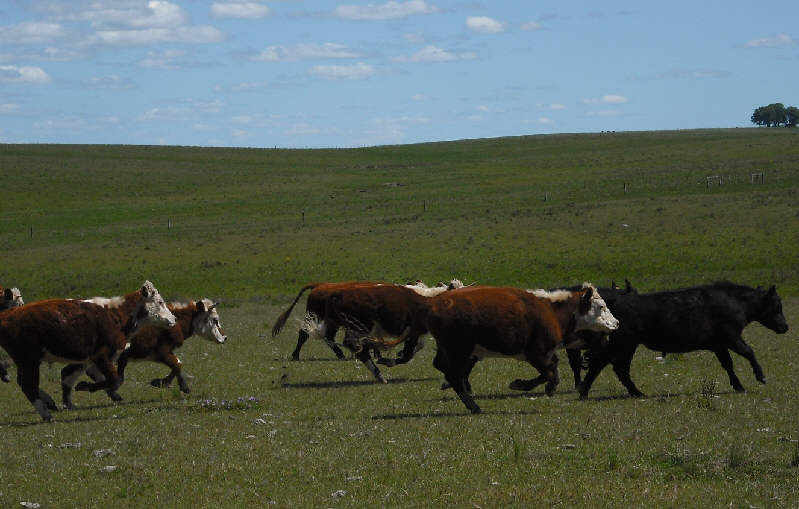
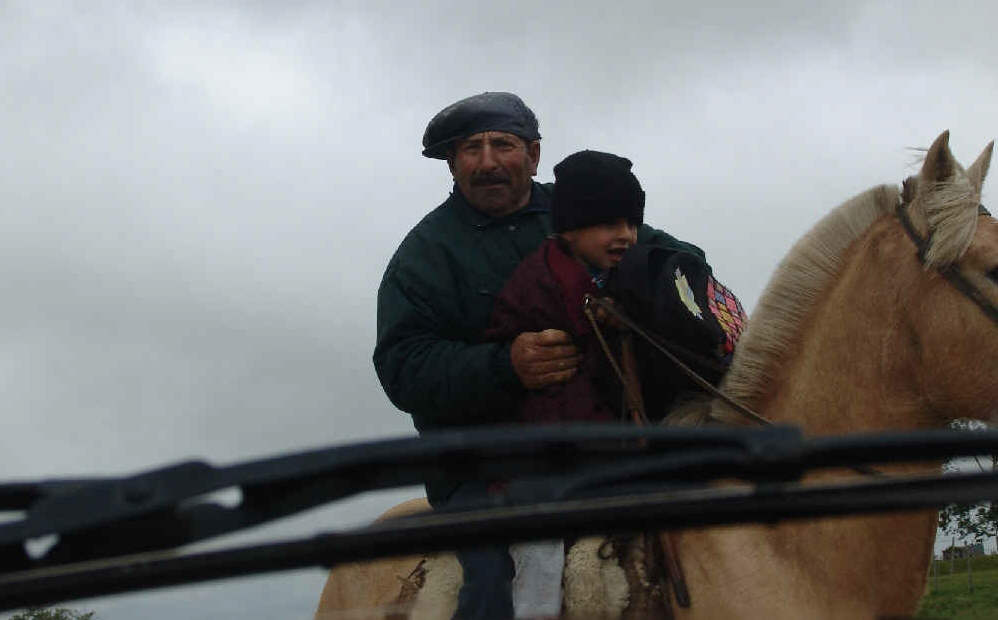
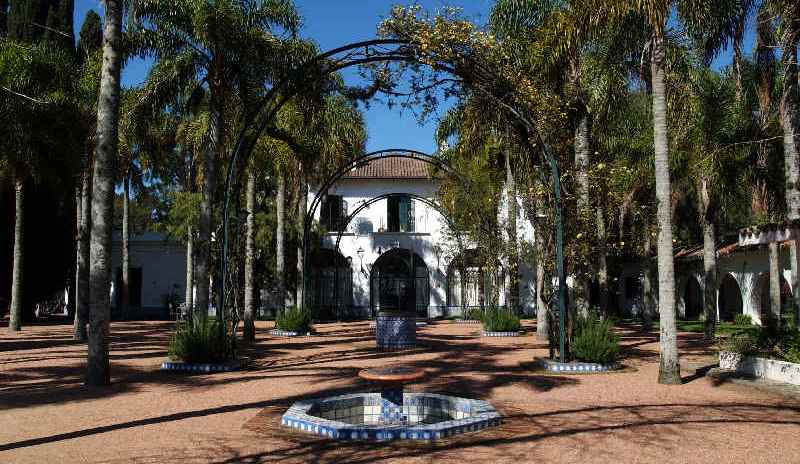


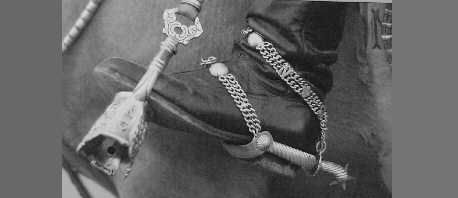
.
.
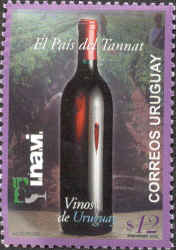
Uruguay, land of the tannat grape
